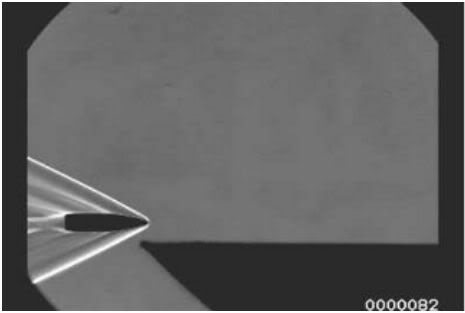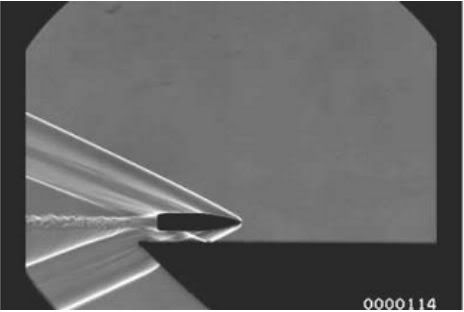Corrected time and average velocities
Now the problems start.
You stated that the Tlag/Tvac ratio would be equal to the above fractions. Sounds good, but it's plotted in green, and clearly doesn't track. Furthermore, the Z/Zmax fraction is plotted in purple, and doesn't track with anything either.
I'm also confused by your PS.
You said:
But Vz isn't constant, it changes continuously.
You also said:
But earlier you defined delta t as the time of flight in the absence of drag (vacuum tof). We know that Z = Wz*Tlag.
I get the sense that your idea is consistent, but I'm not able to understand fully from your explanation. Thanks for taking the time. So far, your relation:
is new to me, and is a big step toward unraveling the mystery and significance of lag time.
Thank you,
-Bryan
Bryan,
I made two simplifications, one of which I now see wasn't needed.
1) I assumed delta t << t where t is the no drag time, just to make the equations simpler, but this restricts the solution to short range (note that the green and purple curves start with the same slope) and doesn't affect the simplicity much. If this assumption is relaxed, t is the total time of flight including drag. Take the deflection equation Z = Wz delta t and divide through by Zmax = Wz t and you get
Z/Zmax = delta t/t
Using t as total time of flight should make your green and purple curves overlap for all ranges.
2) The other assumption, to avoid calculus, was to use average velocities. McCoy equation 7.26 is Vz/Wz = 1-Vx/Vx0 or Vz/Wz = delta Vx/Vx0, which confirms that your red and green curves should overlap. This equation works whether Vz and Vx are their values at the range or their average values over that range, so long as they are both treated the same. Now Vx0=X/t0, where t0 is the no drag time of flight, and using average velocity Vx=X/t, so the equation becomes
Vz/Wz = 1-t0/t = delta t/t
which is the equation I originally showed, but with corrected t.
Now for velocities based on their values at range, for linear increases in Vz and delta Vx (not exactly correct, even for constant BC), their values at the range are double the average. So using values at range, the equation becomes approximately
Vz/Wz = 2 delta t/t
and the red and blue curves should have about double the slope of the green and purple. It looks like they are close to that, and with the correction for t, should be closer.
I used the average Vz (lets call it Vzbar) in the PS also. As you recognize, deflection is actually the integral of Vz(t) with time, but by defining Vzbar=integral[Vz dt]/t, the equation in the PS works.
Sorry for the confusion. I was trying to make the explanation as simple as possible, but you quickly found the oversimplifications.
Cheers,
Keith
OOhhhhh I'm gonna; get allover in trouble A'gain......






